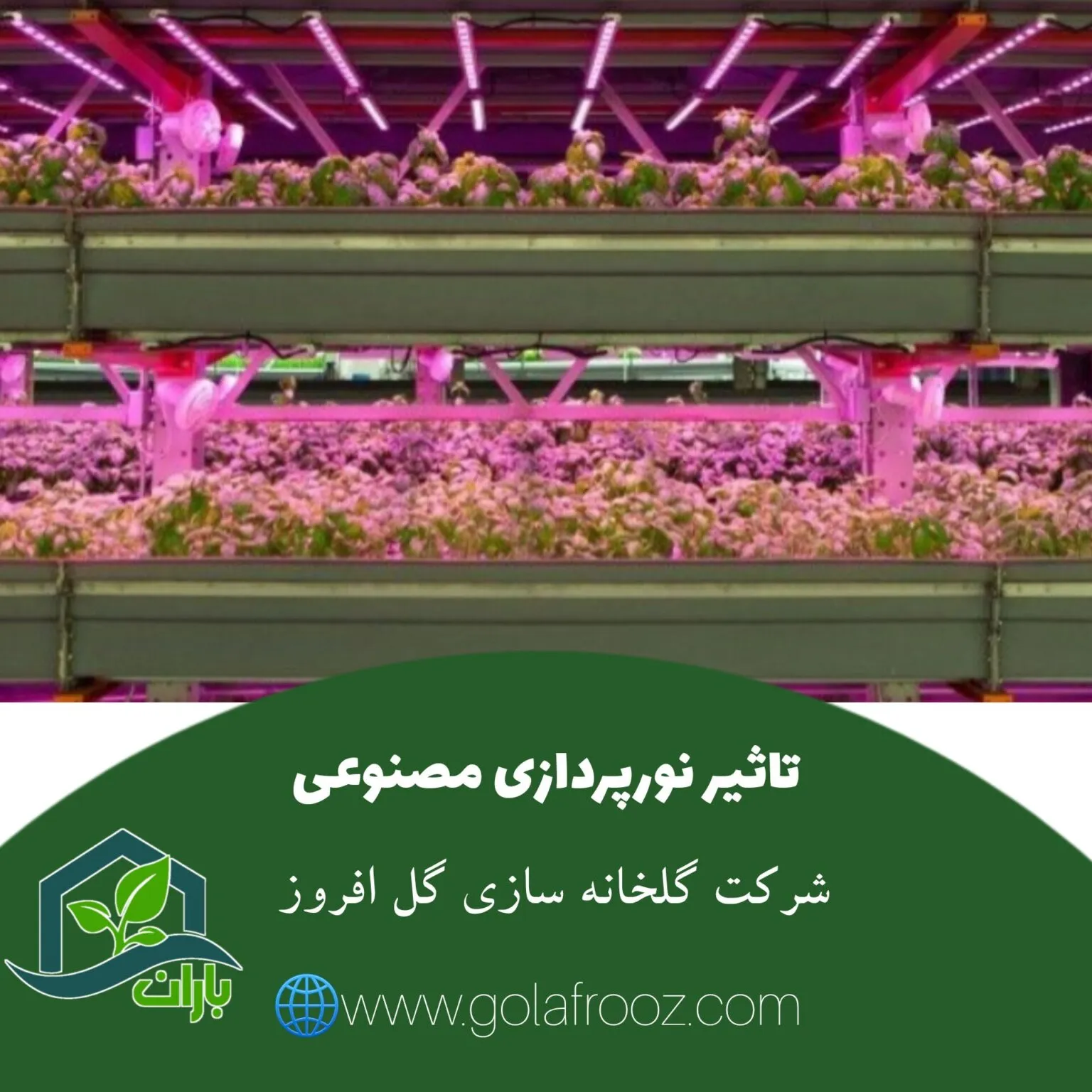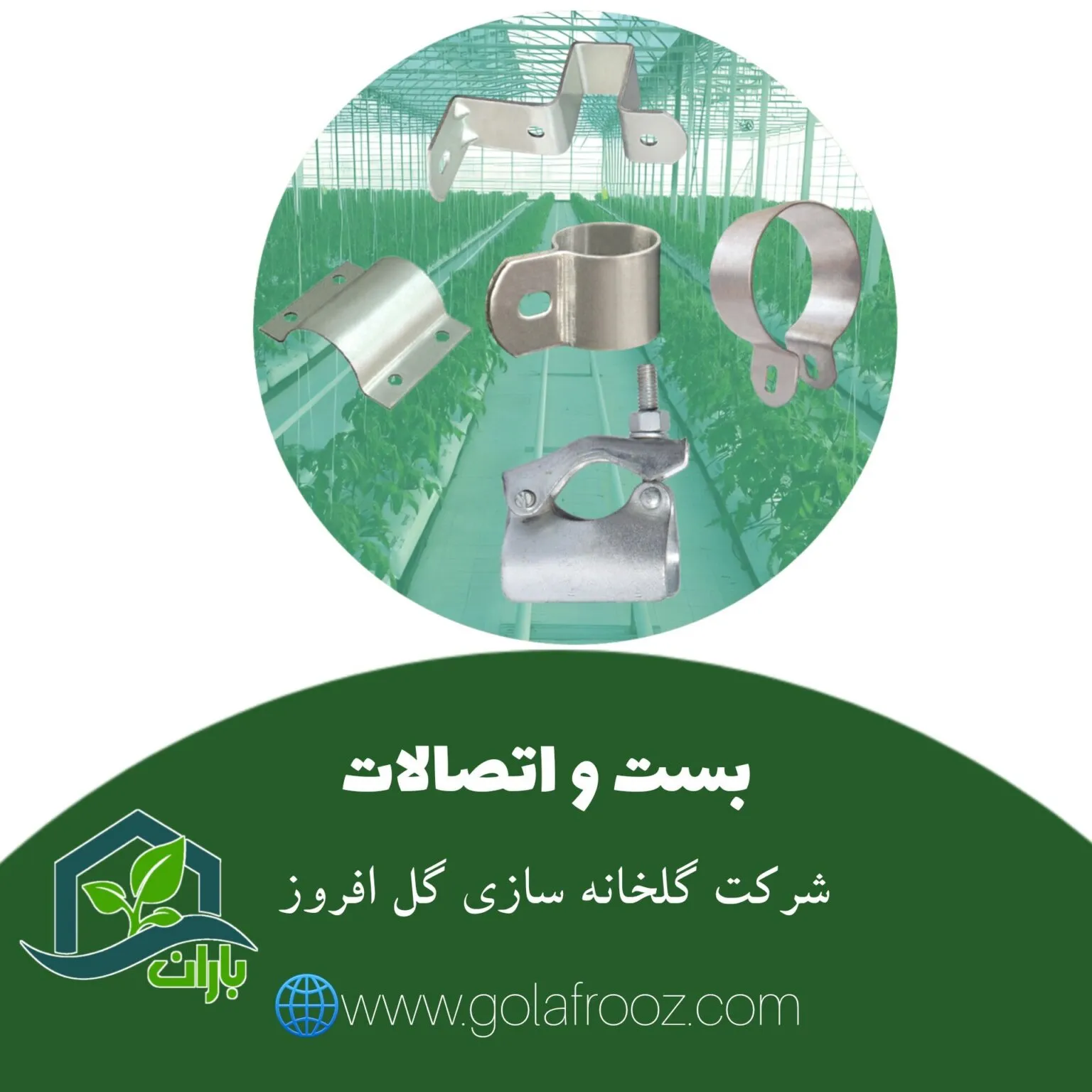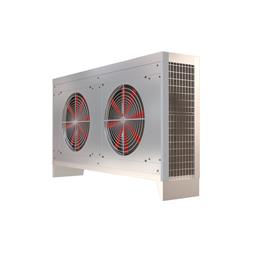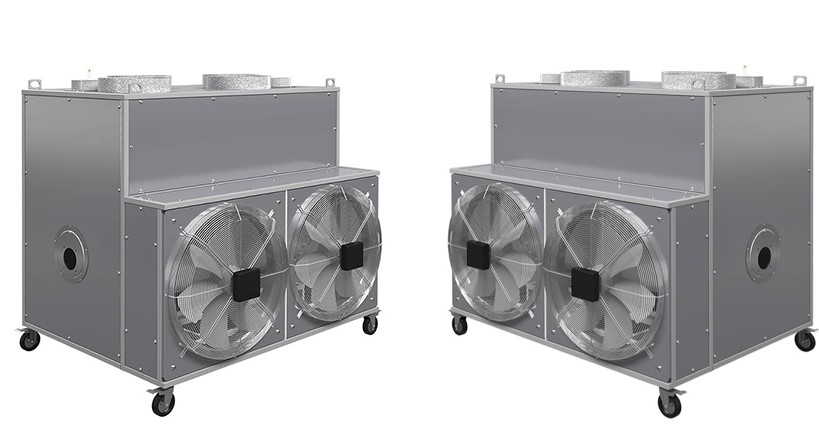The Effect of Artificial Lighting on Plant Growth in a Greenhouse
The effect of artificial lighting on plant growth in a greenhouse is one of the important topics in modern agriculture. In brief, artificial light can impact plants in the following ways and can be discussed in a research article:
-
Increasing the photoperiod:
Artificial lighting can extend the duration of light exposure, thereby enhancing photosynthesis and accelerating plant growth. -
Precise control of light hours:
Using artificial light, it is possible to simulate lighting conditions of any season of the year, even in regions with extreme seasonal changes. -
Inducing environmental stresses:
The ability to provide various light patterns can stimulate the production of secondary metabolites, which are important for the medicinal properties of plants. -
Attention to light spectrum:
The proper light spectrum for each plant can be provided using specific artificial lights, e.g., red and blue LEDs to enhance photosynthesis and flowering. -
Preventing stem elongation:
Adequate and appropriate lighting prevents excessive stem elongation, which can occur under insufficient light. -
Energy cost and efficiency:
Despite its benefits, the energy costs required for artificial lighting can be challenging. -
Heat generation:
Some light sources, such as halogen or certain sodium lamps, can produce significant heat that must be managed. -
Impact on plant cycles:
Artificial lights can influence natural plant cycles, altering growth, flowering, and fertility patterns. -
Environmental sustainability:
Increasing the use of artificial lighting must consider sustainable development goals and minimize environmental impacts. -
Modern technologies:
The use of new technologies such as energy-efficient LEDs with adjustable light spectrum and intensity can transform modern agriculture.
Each of these points can be addressed in the conclusion of a research article, supported by scientific evidence.
Advantages of Artificial Lighting on Plant Growth in Greenhouses
Artificial lighting in greenhouses has many benefits that affect the growth and development of medicinal plants. Some of these advantages include:
-
Extended photoperiod and accelerated photosynthesis:
Using artificial lights can extend the lighting hours, keeping photosynthesis active and speeding up plant growth. -
Light spectrum management:
Different lights can provide the appropriate spectrum for different plants, e.g., red LEDs to stimulate flowering and blue LEDs to improve plant growth quality. -
Precise control of growth cycles:
Artificial lighting allows plant growth cycles to be managed beyond natural seasons, enabling multiple harvests per year. -
Reduced disruptions from weather conditions:
Plants are not exposed to adverse weather like rain, wind, or extreme cold, so artificial lighting maintains continuity and production quality. -
Increased yield and productivity:
Providing sufficient light even during low-light seasons allows for greater production, leading to higher overall yields. -
Improved plant quality:
Plants grown under artificial lighting may have better attributes such as taste, color, and size. -
Cultivation outside natural range:
Some plants that require specific light conditions can be grown in greenhouses with artificial lighting, even in regions outside their natural habitat. -
Reduced time to harvest:
Supplying the required light for faster growth can shorten the time to reach harvest. -
Production during natural light scarcity:
During times of limited natural light, such as winter, artificial lighting allows continued plant production. -
Research and development:
Controlled environments with artificial lighting provide opportunities for experiments with variable light conditions, improving agricultural methods and increasing knowledge about medicinal plants.
Artificial lighting is a key tool for optimizing medicinal plant production in greenhouses, and with proper strategies and careful management of factors such as light spectrum, intensity, and duration, production potential can be significantly increased.
Disadvantages of Artificial Lighting on Plant Growth in Greenhouses
While artificial lighting can be highly beneficial for plant production in greenhouses, it also has certain disadvantages:
-
High energy costs:
Electricity required for artificial lighting can become one of the largest operational expenses of a greenhouse, especially in areas with high electricity costs. -
Environmental impact:
Increased energy consumption can lead to higher greenhouse gas emissions unless energy is fully sourced from renewables. -
Need for complex equipment:
Artificial lighting systems require installation as well as ongoing maintenance, which may demand technical expertise. -
Heat management:
Some artificial light sources, especially older types, can produce a lot of heat, requiring additional cooling systems. -
Increased risk of disease:
Warm and humid conditions created by lighting can create a favorable environment for fungi and pests. -
Pest attraction:
Continuous light may attract pests that are drawn to light, making control more difficult. -
Effects of excessive light on some plants:
Some plants require longer dark periods for proper growth and physiological processes, which artificial lighting can disrupt. -
Improper lighting:
Using lights with unsuitable spectra can negatively affect plant growth or even cause leaf or tissue damage. -
Plant phototropism:
Plants may grow unevenly toward the light source under artificial lighting, requiring careful positioning and adjustments. -
Deviation from natural conditions:
Excessive artificial lighting can create conditions very different from the plant’s natural environment, potentially affecting medicinal properties and phytochemical compounds.
To maximize the benefits and minimize the drawbacks of artificial lighting, it must be carefully and scientifically managed in greenhouses. This includes using energy-efficient technologies like LEDs, precise timing of lighting, and proper temperature management.
Conclusion
Artificial lighting in greenhouses can be a powerful tool to improve both the quality and quantity of plant production but must be carefully controlled and balanced. Its benefits include extending light periods, precise light management for different plants, accelerated growth, and increased yield. However, energy costs, environmental impacts, higher disease and pest risk, and the need for technical knowledge and careful management are disadvantages that cannot be ignored.
New technologies such as energy-efficient LEDs with adjustable spectra can reduce energy costs and negative impacts. In addition, species-specific lighting strategies and precision cultivation techniques can optimize growth conditions and minimize side effects.
Overall, when combined with precise planning and an environmentally conscious approach, artificial lighting is an effective solution for increasing greenhouse production, provided its challenges are properly identified and managed.
Gol Afrouz Greenhouse Construction Company, with many years of proven experience, is a leading manufacturer in the field of modern greenhouses, ready to serve clients across Iran. By leveraging up-to-date knowledge and a specialized team, we design and build various types of Iranian, Spanish, Dutch, and tunnel-style greenhouses with the highest quality, tailored to your needs.
Additionally, Gol Afrouz provides all efficient and modern greenhouse equipment. If you are in Karaj, Tehran, or any other city in Iran and are looking for a reliable partner to build your greenhouse, visit our website today to contact us and benefit from expert consultation from our specialists.




 Dutch Greenhouse Complexes: Aalsmeer Hub, Benefits, & Costs Guide
Dutch Greenhouse Complexes: Aalsmeer Hub, Benefits, & Costs Guide
 Greenhouse Rail and Gear Systems: Automation, Benefits & Price Guide
Greenhouse Rail and Gear Systems: Automation, Benefits & Price Guide
 Comprehensive Guide to Greenhouse Plans: Designs, Types & Layouts (Spanish vs. Dutch)
Comprehensive Guide to Greenhouse Plans: Designs, Types & Layouts (Spanish vs. Dutch)
 Greenhouse Fittings & Fasteners: Types, Uses & Pricing Guide
Greenhouse Fittings & Fasteners: Types, Uses & Pricing Guide
 Galvanized can profile 10
Galvanized can profile 10
 Axial Fan Evaporative Cooler
Axial Fan Evaporative Cooler
 Furnace Heater
Furnace Heater
 Type 4 Circulation Fan
Type 4 Circulation Fan
 Greenhouse Mist Sprayer
Greenhouse Mist Sprayer
